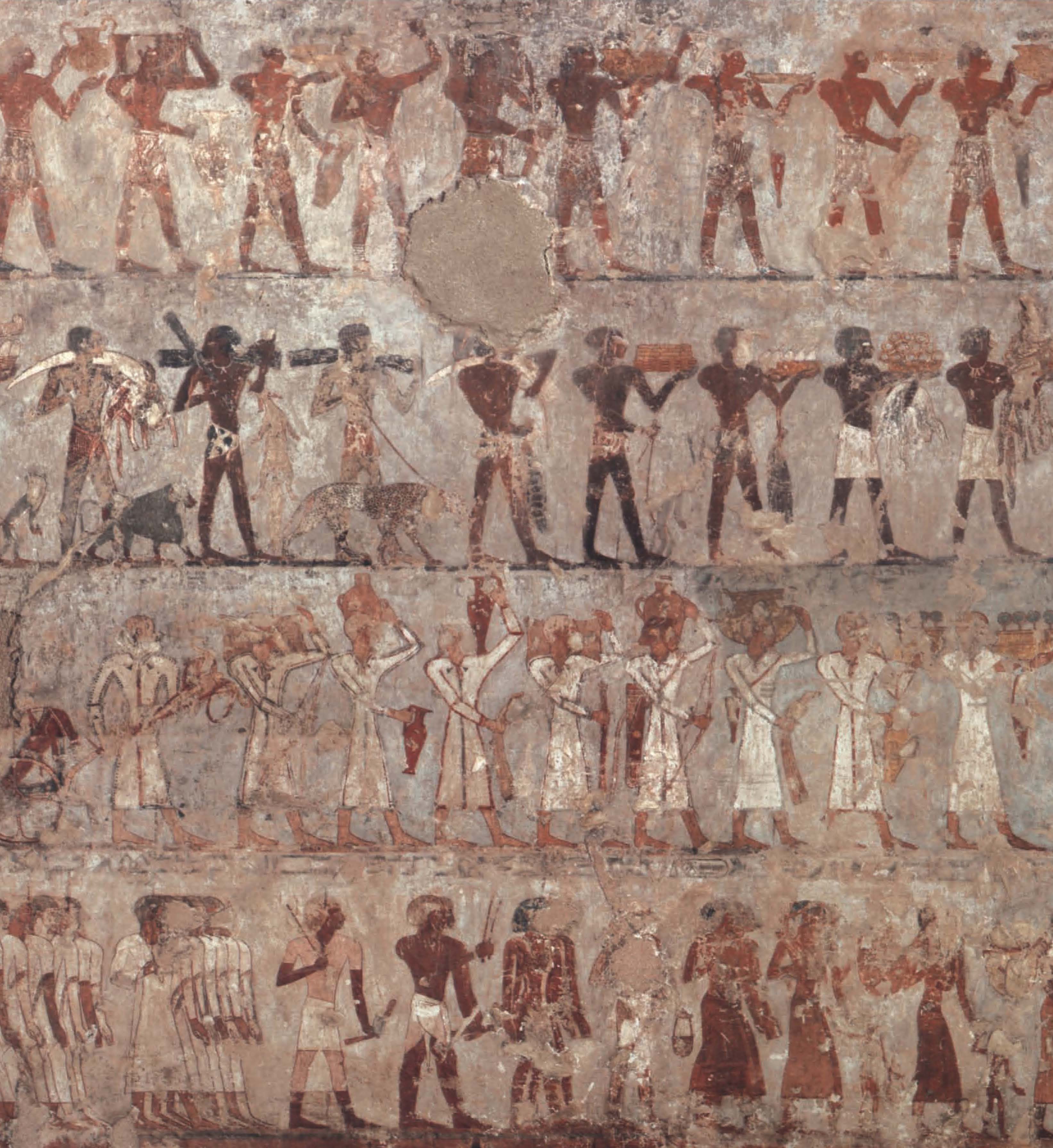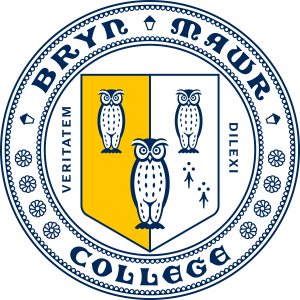- Instructor of record: Tracey Cian
- Instructor of record: Astrid Lindenlauf
- Instructor of record: Andrea Samz-Pustol
- Instructor of record: Astrid Lindenlauf
- Instructor of record: Zachary Silvia
- Instructor of record: Evrydiki Tasopoulou
- Instructor of record: Anastasia Amrhein
- Instructor of record: Evrydiki Tasopoulou

Catastrophic collapse ended the first age of internationalism in Bronze Age (ca. 3000-1200 BCE) Egypt, the Near East, and Mediterranean. Trade in luxury goods, exotic imports, artists, and foreign princesses by a brotherhood of kinds forged a shared elite ideology and hybrid art. But did invasions of the enigmatic “Sea Peoples” bring down this early international diplomacy? Or did the players in a high stakes royal game of elite competition overplay their hands?
This course explores critical approaches to the archaeology of interaction. Case studies highlight key points of contact and scholarly approaches to past personhood.
This course explores critical approaches to the archaeology of interaction. Case studies highlight key points of contact and scholarly approaches to past personhood.
- Instructor of record: Maggie Beeler
- Instructor of record: Catherine Baker
- Instructor of record: Astrid Lindenlauf
- Instructor of record: Evrydiki Tasopoulou
- Instructor of record: Matthew Jameson
- Instructor of record: Evrydiki Tasopoulou

This course explores the “first age of internationalism” that integrated Egypt, the Near East, eastern Mediterranean, and Aegean during the Bronze Age, ca. 2000-1200 BCE. The focus is archaeological, historical, and visual evidence for cross-cultural contact. Topics include diplomatic correspondences, royal gift exchange, shipwrecks, port cities, foreign emissaries, itinerant craft specialists, and the enigmatic “Sea People.”
- Instructor of record: Maggie Beeler
- Instructor of record: Astrid Lindenlauf
